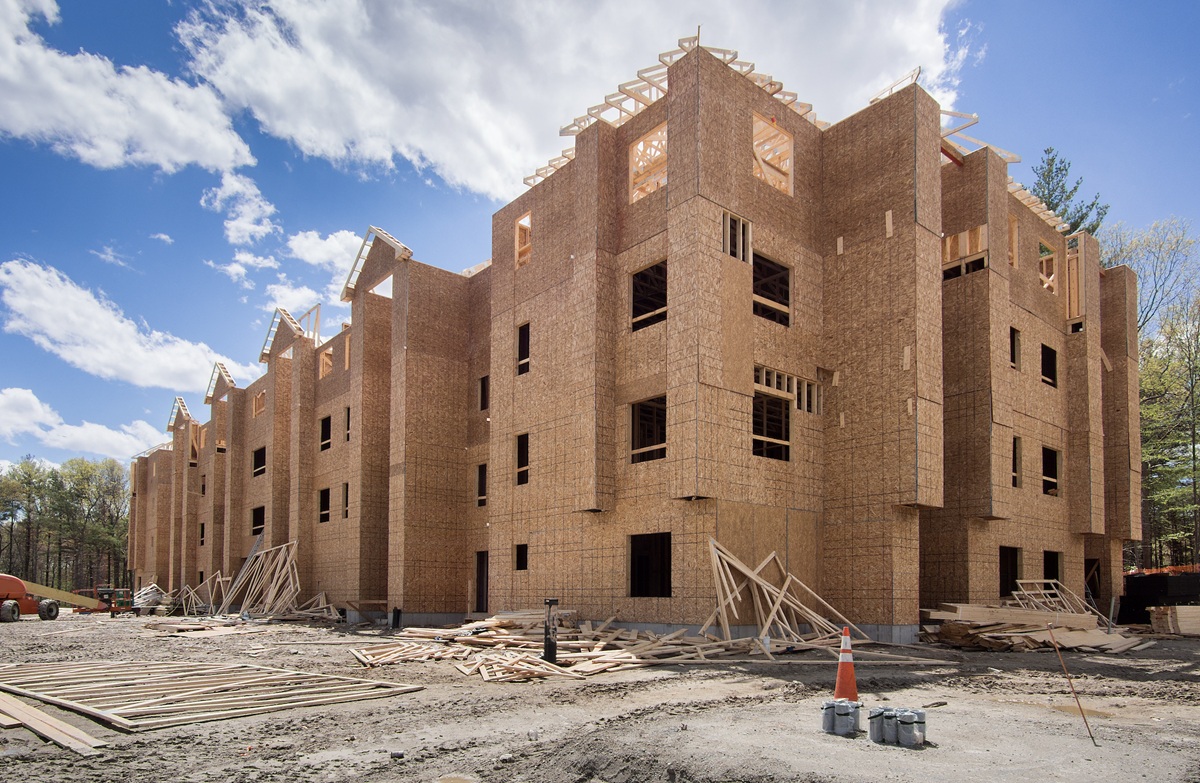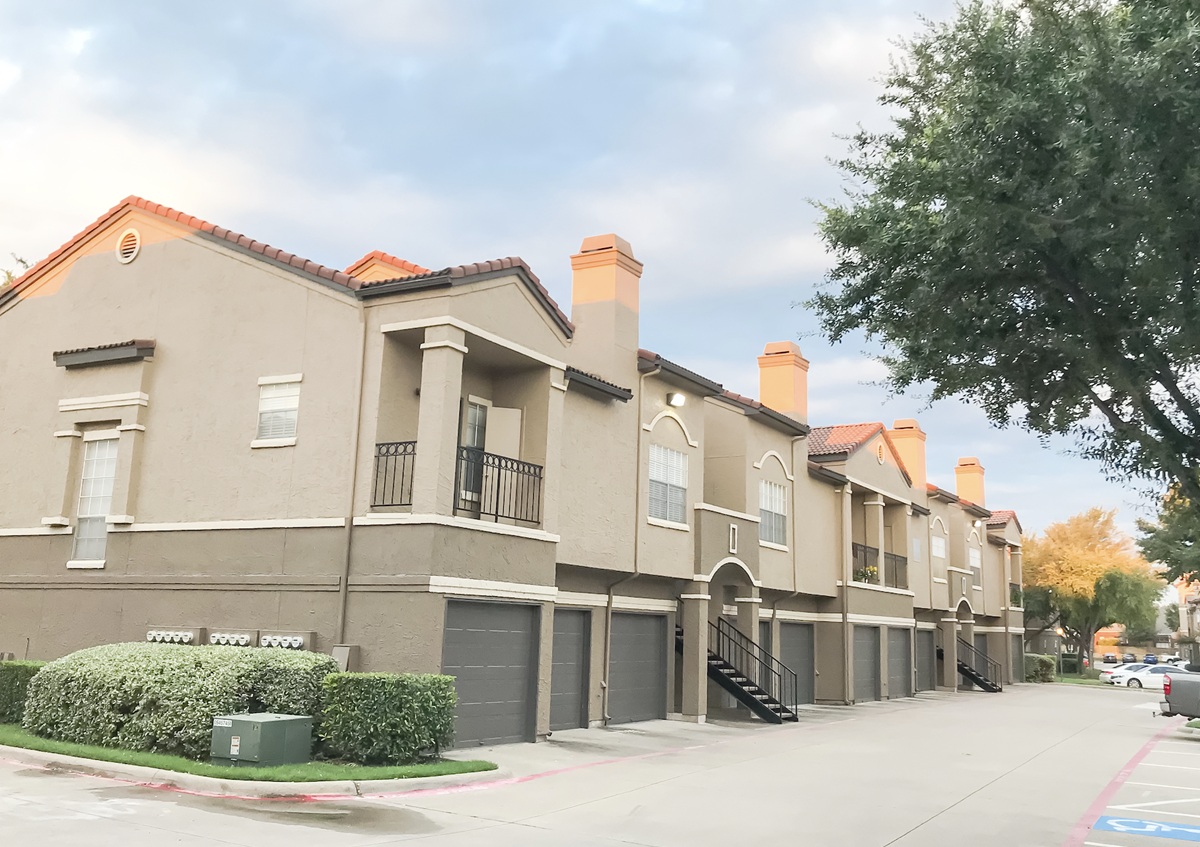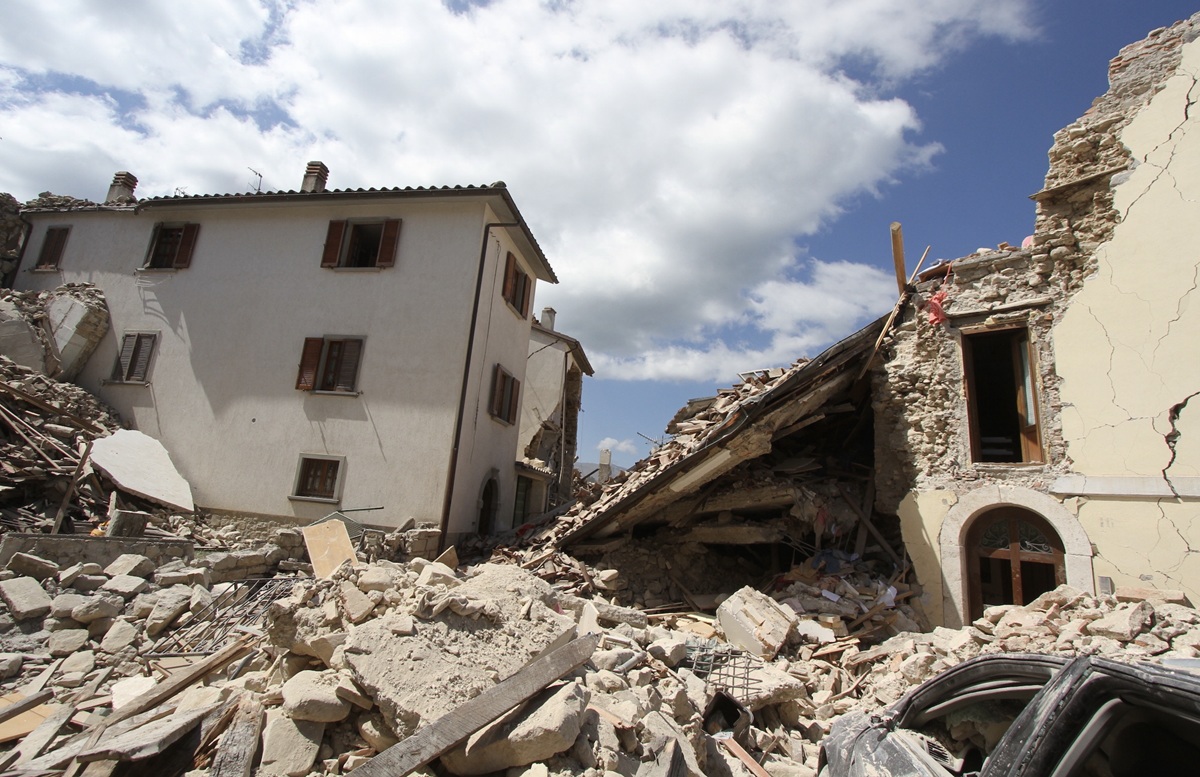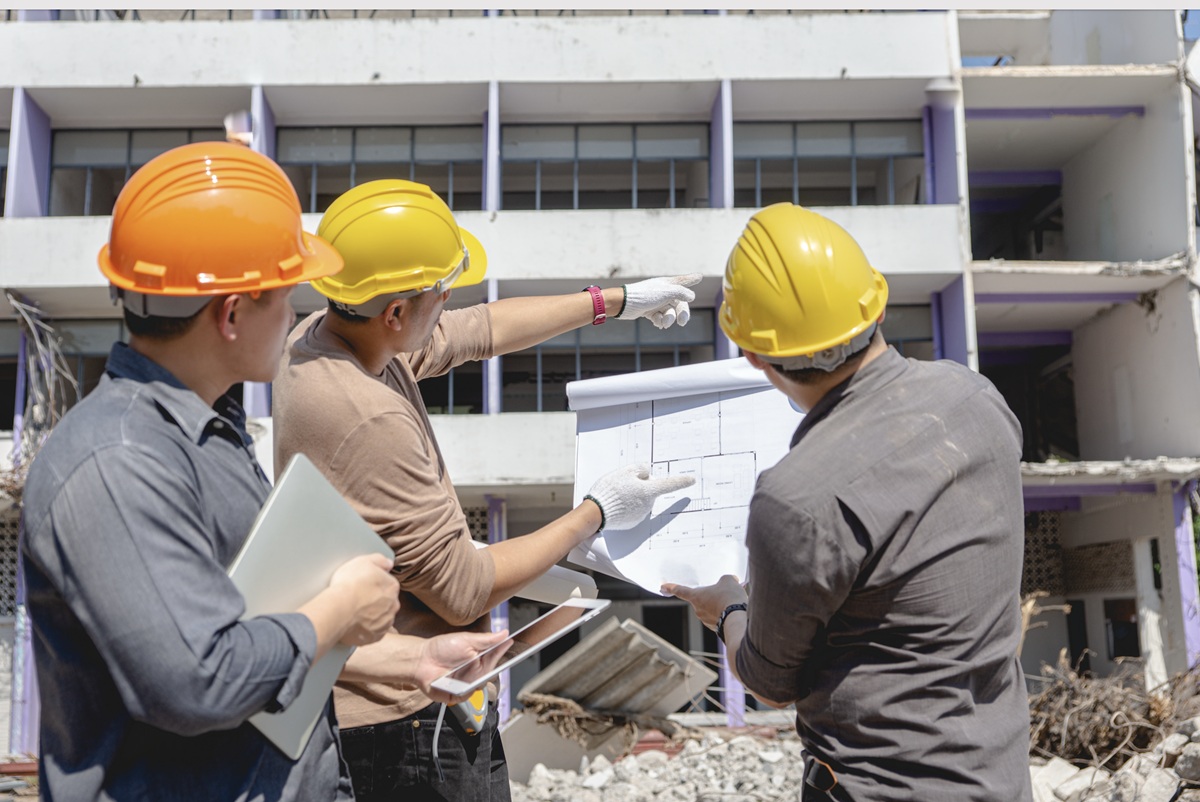Did you feel that jarring 4.0 magnitude jolt of an earthquake recently?
People across San Diego County reported feeling the Jan. 30 temblor, which struck near the Palomar Observatory but could be felt from Chula Vista to Escondido, and into parts of Riverside and Orange counties.
“It was really powerful,” Valerie Mitchell of Vista told ABC 10 News. “Little earthquakes, it moves the blinds. No problem. But this knocked stuff off the walls. It was knocking stuff off tables.”
Sandra Herrera was getting dressed when the ground started shaking. She felt two big jolts and heard a low rumbling. “I thought it could be the Big One,” she told the New York Times.
All over the internet and on social media, residents shared their excitement and trepidation.
Carter Kringel, new to California, said he heard something that sounded like a car crash. “Then I felt a distant rumble and the house shook.” Having recently moved from Minnesota, he had never felt an earthquake before.
San Diegans, like most Californians, laugh off earthquakes. But their threat to local communities is real.
‘More destructive than Northridge’
The Rose Canyon Fault runs right through the middle of the city — from the Silver Strand to La Jolla — snaking its way under lofty skyscrapers, commercial districts and apartment buildings that draw tens of thousands of people each day.
Seismologists agree that Rose Canyon, while relatively inactive, has the capacity for a 7.0-magnitude quake – larger and more destructive than the 6.9 Loma Prieta shaker that hit 60 miles southeast of San Francisco and the 6.7 Northridge earthquake.
San Fernando was also hit by a 6.9 earthquake in 1971 that caused 65 deaths and injured more than 2,000. Property damage losses totaled more than half a billion dollars.
When San Diego’s Rose Canyon fault does strike, the damage could be colossal: estimated at between $124 million and $13 billion. That’s because many of the buildings in the city were constructed long ago, based on outdated and ineffective building codes.
It’s one of the reasons the California Geological Survey ranks San Diego as one of the state’s top 10 areas for projected loss from an earthquake.
The Earthquake Engineering Research Institute projects these losses, should a 6.9-magnitude earthquake strike along the Rose Canyon fault:
- 45% of all residential buildings would be damaged
- 23,000 residential units would be severely or completely damaged
- 36,000 households would be displaced from their homes
- 40% of commercial and industrial buildings would be damaged, (20% extensively or beyond repair)
“While most newer buildings, particularly single-family residences, can be expected to survive the scenario earthquake with repairable damage, many larger and older buildings can be expected to be more severely damaged and potentially unsalvageable,” EERI concluded in their study.
Preparing of the worst
The best way to start preparing for disaster is to ask yourself, “What’s the worst thing that could happen?” The answer may not be pretty.
It involves assessing damage to similar buildings in past earthquakes, learning from the near-misses or “thank goodness that didn’t happen” scenarios and searching out the best and most cost effective way to counteract those possibilities before they strike.
Gordon Woo, a theoretical physicist and resident catastrophist at Risk Management Solutions, took this concept and coined it “downward counterfactual analysis.”
Woo’s goal is to prepare by studying events that could have turned out much worse. “It’s not that you’ll know when something will happen; you just know that something is a possibility,” he told the seismic hazard modeling company Temblor.
Is your apartment building ready for the quake experts say is coming? Visit optimumseismic.com for more information, or call us at 323-978-7664.







